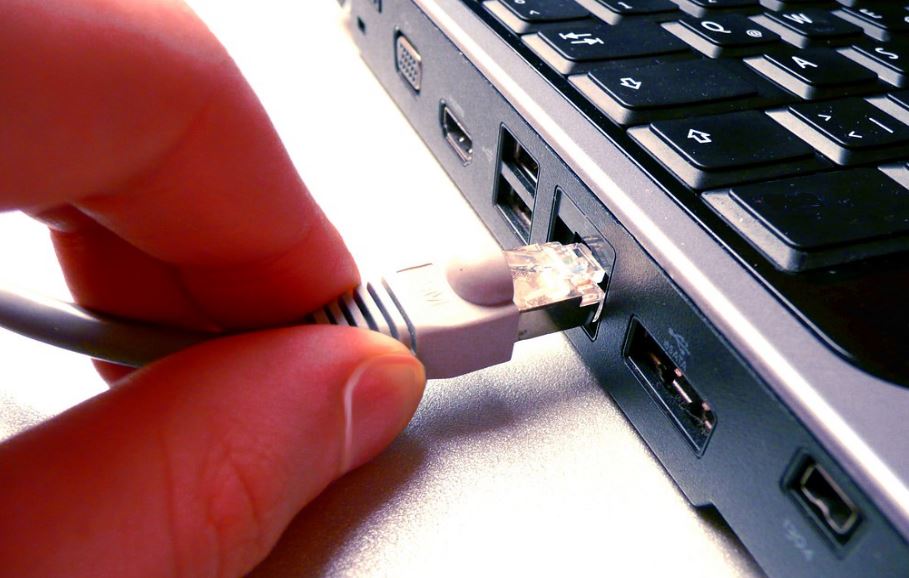Are you considering installing solar panels on your roof? Before you leap, it’s crucial to ensure that your roof is ready for installation.
A thorough roof inspection can uncover potential problems that could jeopardize the efficiency and lifespan of your solar panels. Knowing what to look for can save you time, money, and headaches in the long run. That’s why we have created a comprehensive roof inspection checklist for solar panel installation.
Roof Inspection Checklist for Solar Panel Installation
Let’s dive in and discover the essential elements of a roof inspection for solar panel installation.
- Check for Structural Integrity
This step ensures that the roof is strong enough to support the weight of the solar panels without risk of damage or collapse. This involves assessing the strength and stability of the roof’s framework, as well as examining any potential weak spots or areas of concern.
It is crucial to check the structural integrity of the roof. A faulty or unstable roof could not only pose a safety hazard for the installation team but also lead to future problems and costly repairs. By checking the roof’s structural integrity, the solar panel installation can be carried out safely and effectively.
- Verify Roof Age
As part of the roof inspection checklist for solar panel installation, it is important to verify the age of the roof. This step is crucial as it helps ensure that the existing roof has the structural integrity to support the weight of the solar panels. It is also important to know the age of the roof as it can determine the type of installation and materials needed for the solar panel system.
An older roof may need extra reinforcement or repairs before the panels can be installed. By verifying the roof’s age, the installation process can be planned and executed effectively. This ensures a safe and long-lasting solar panel system.
- Inspect for Shade
This step is crucial because even a small amount of shade can impact the efficiency of the solar panels. The inspector will need to examine the roof and take note of any nearby structures, trees, or other objects that may cast a shadow on the panels. They will also need to assess the roof angle and orientation.
This helps to determine the potential shading issues throughout the day. By inspecting for shade, the inspector can ensure that the solar panels will be installed in the most optimal location for the greatest sunlight exposure and energy production.
- Evaluate Roof Material
By evaluating the roof material, the inspector can determine if the roof is strong enough to support the weight of the panels and if any repairs or reinforcements are needed. Factors such as age, type, and condition of the roof material are taken into consideration to avoid any potential damage to the panels. It is essential to assess the roof material to ensure a successful and safe installation of the solar panel system.
- Look For Damage
This is crucial because if there is preexisting damage on the roof, it could compromise the integrity of the solar panel installation. The inspector should inspect the roof for any cracks, holes, or roofing materials that are loose or missing.
Additionally, they should also check for any areas that may have been damaged by weather or other external factors. By examining the roof for damage, potential issues can be identified and addressed before the solar panel installation process begins, ensuring a smooth and successful installation.
- Check for Proper Slope
This is because a proper slope allows the panels to maximize their exposure to sunlight and generate the maximum amount of energy. To ensure this, it is important to follow the roof inspection checklist for solar panel installation, which includes checking for the proper slope.
This involves measuring the angle of the roof and comparing it to the recommended angle for optimal solar energy production. If the slope is too steep or too flat, adjustments can be made to ensure that the panels are installed at the optimal angle. In turn, this will lead to efficient energy production.
- Assess for Leaks
This is necessary because the panels will be mounted onto the roof, and any existing or potential leaks can cause serious damage to both the roof and the panels. The inspection should include checking for cracks, holes, and wear and tear on the roof’s surface.
It is also important to inspect the flashing and sealant around vents, chimneys, and any other potential entry points for water. Assessing for leaks ensures the stability and longevity of both the roof and the solar panels.
- Inspect for Roof Attachments
These attachments include flashing, screws, and other components that secure the solar panels to the roof. A thorough examination of these attachments is vital to ensure the stability and safety of the solar panel installation.
Any weak or damaged attachments could compromise the structural integrity of the roof, leading to potential safety hazards and significant costs in the long run. Thus, inspecting the roof attachments is an essential step in assessing the feasibility of solar installation.
- Evaluate Electrical Connections
The evaluation process involves checking all electrical wiring and connectors for any signs of wear or damage, as well as verifying that the connections are tight and fitted correctly. A thorough evaluation of electrical connections is necessary to ensure that the solar panels are functioning at their optimal capacity and to prevent any potential safety risks. It is a critical step in the installation process that should not be overlooked.
- Verify Warranty Coverage
Warranty coverage includes the panels, and installation, and often includes performance guarantees. By examining the warranty, you can ensure that the panels are covered for the expected lifespan and that any potential issues will be addressed by the manufacturer or installer.
This step can save you from unexpected costs and headaches in the future and give you peace of mind knowing that your investment is protected. It is important to review and understand the warranty before proceeding with any solar panel installation to avoid any potential issues in the future.
Ensure Smooth Solar Panel Installation With a Roof Inspection Checklist
Following a roof inspection checklist for solar panel installation is essential for a successful and efficient installation process. It ensures the safety and longevity of both the roof and the solar panels.
Don’t overlook the importance of a thorough roof inspection before opting for a solar-powered house. Take the necessary steps and book a professional inspection today!
Looking for more tips and advice? You’re in the right place! Make sure to bookmark our page and come back to check out more interesting articles.
Read Next:
10 Mistakes with Choosing a Home Solar Company and How to Avoid Them




